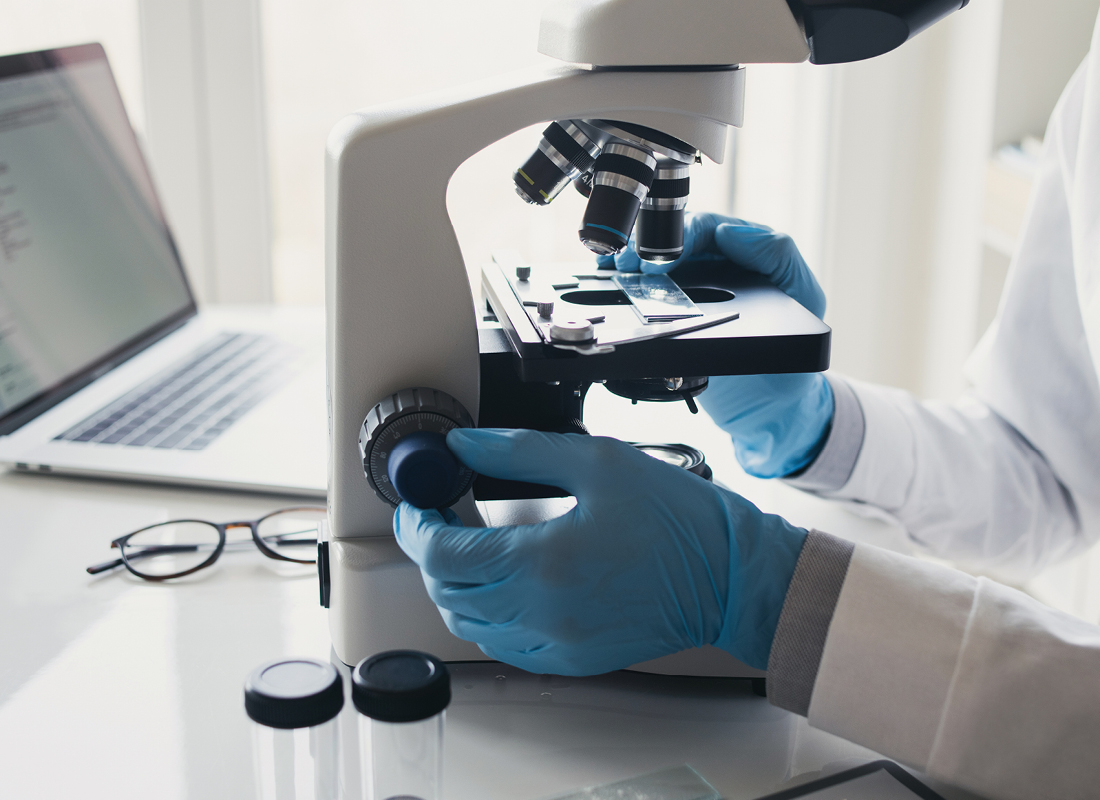Rapid Testing the Linchpin of COVID-19 Contact Tracing Effectiveness
Without rapid testing and results, COVID-19 contact tracing will not work. That is the conclusion of a new study published in The Lancet. Even the most efficient contact tracing strategy will not reduce transmission advancement if testing is delayed by three days after a person develops symptoms, according to the July study. The Diagnostic Challenge Currently, it is believed that about 40% of COVID-19 transmissions are from people who are asymptomatic. Contact tracing, in combination with quarantining and testing, is considered critical to preventing transmission now that stay-at-home orders are being lifted. Explanation: To contain COVID-19 and other diseases transmitted via human contact, people need to be monitored and their contacts recorded so that once an individual is confirmed to have the illness, public health officials can immediately notify those who have recently had contact with the infected person and advise them to get tested. Then, if they test positive, word can go out to their contacts, etc. That is what contact tracing is all about. And technology like mobile apps that automatically alert people who have been in the proximity of an infected person make it eminently workable. The Study To be successful, contact tracing must keep the rate […]

Subscribe to Clinical Diagnostics Insider to view
Start a Free Trial for immediate access to this article